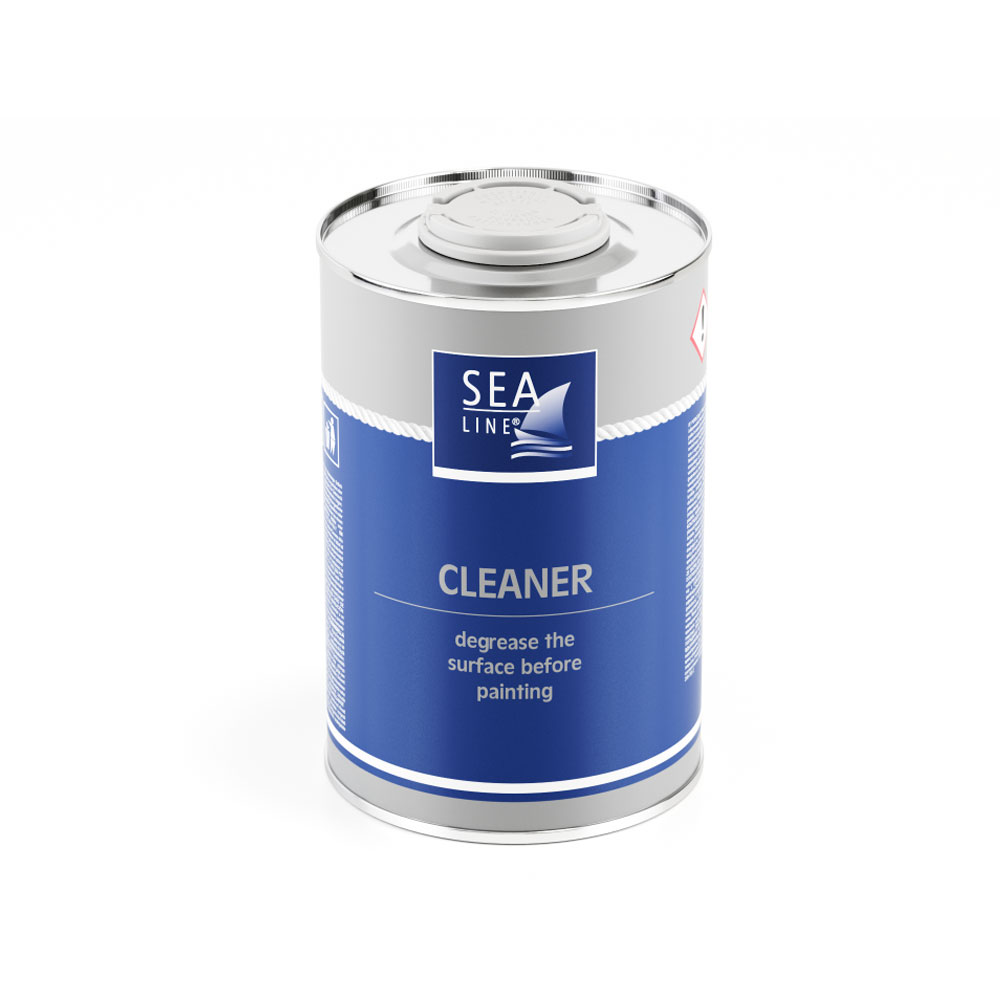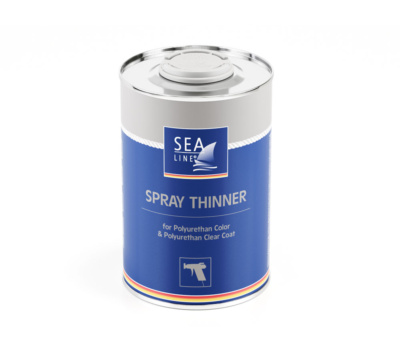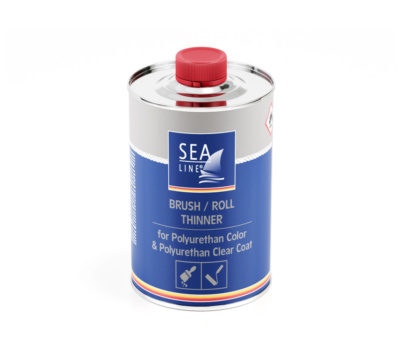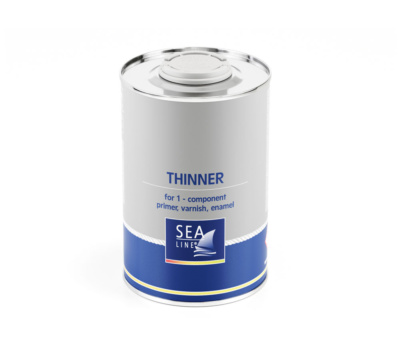Cleaner – recommended to degrease the surface before painting. Silicone remover is the product used for surface cleaning before lacquering.
The silicone, wax or grease soil is very dangerous for the good lacquering effect. The silicone remover may be used for metal or plastic surfaces
| Capacity | Code |
|---|---|
| 1 l | 300003990 |

Each surface should be washed at least twice, until the surface being painted is completely clean. The best cleaning results are achieved with properly applied cleaner using the “two-towel” method.
A cleaner is an indispensable product for degreasing surfaces preparing for painting. The cleaner is a mixture of organic solvents that allow for quick and effective cleaning of surfaces from various contaminants, including grease, oils, silicones, salts, etc. Its action involves chemically dissolving all possible contaminants. Then, we mechanically remove the chemically dissolved contaminants using a towel or cloth. The use of a cleaner helps to avoid paint defects such as fish eyes or small craters. It is hard to find marine painting jobs that would not require the use of such a cleaner.
A high-quality cleaner is characterized by an evaporation time tailored to make the best use of the applied cleaning agent.

Spray thinner for polyurethane color and high gloss polyurethane clear coat. Thinner for the application

Brush and roll thinner for polyurethane color and high gloss polyurethane clear coat. Thinner for

It is very important to use paint thinners, which provide the appropriate parameters of paint
It is not recommended to apply 2K paints over 1K paints. 1K and 2K inks differ in their composition and properties, including hardness, chemical resistance and durability. 1K paints are one-component and dry by evaporating the solvent, while 2K paints are two-component and need to be cured by adding a hardener. Applying 2K paint over 1K paint can cause unpredictable chemical reactions and lead to undesirable effects such as dulling, chipping or flaking of the paint. Therefore, always use paints according to the manufacturer’s instructions and do not mix different types of paints. farby zgodnie z instrukcjami producenta i nie mieszać różnych rodzajów farb.